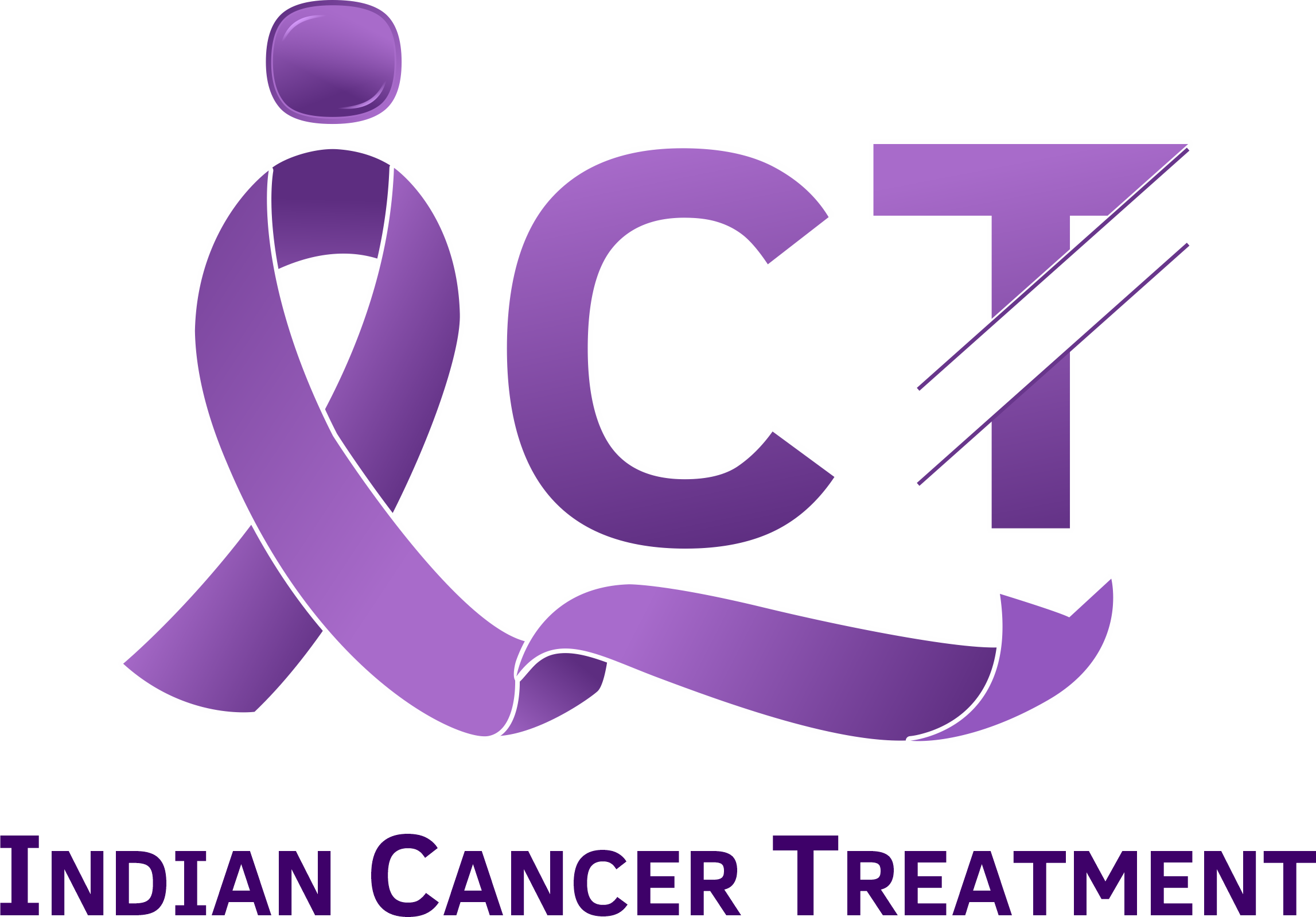Prof. Dr Sanjeev Mohanty,
Senior Consultant & HOD
Dept of ENT, Head & Neck Surgery
MGM Health Care
————————————————————————
Treatment of head and neck cancer requires the ENT surgeon to exercise moral and ethical judgment. The stringency of clinical reality must be balanced with empathy for the patient, who must ultimately decide the quality of life he or she desires. How fully should the patient be informed of the risks and benefits of treatment? How does one obtain consent for treatment that may significantly alter appearance and function? When cure cannot be effected, what determines which treatment will provide optimum palliation? How can one couch the fact that, on occasion, the best treatment may be no treatment? Perplexing questions are endemic.
There are a vast range of surgeries for tumours in the thyroid, Salivary glands, Oral cavity, Oropharynx, Larynx, Hypopharynx and Neck dissection. The times of big incisions and morbidity associated with operating skull base tumours has been replaced by Endoscopic skull base surgery.
The emergence of endoscopic skull base surgery has heralded a transformative era in the management of head and neck cancer tumors. Endoscopic skull base surgery is a minimally invasive technique that employs specialized instruments and high-definition cameras to access and remove tumors located within the intricate confines of the skull base. This approach stands in stark contrast to the conventional open surgeries, which necessitate larger incisions and result in greater tissue disruption. By utilizing small incisions and advanced visualization tools, endoscopic surgery enables surgeons to navigate complex anatomical structures with heightened precision. Endoscopic skull base surgery lies in its ability to minimize tissue trauma with enhanced precision and targeted approach, reduces hospital stay with quicker recovery period.
Risks and benefits:
Salivary gland tumours are almost common and tumours of the parotid gland poses a threat in case of involvement of facial nerve. The close association of the nerves in relation to the salivary glands makes these surgeries challenging ones. All thyroid swellings need not be operated. To rationalize the treatment options for each patient is of utmost importance. When the disease demands complete removal of the gland, chances of having hoarseness of voice and hypocalcemia should be explained to the patient.
Tumours of the oral cavity, Larynx and Hypopharynx, when removed, the functions like speech and swallowing are affected. There are alternative modes of treatment to restore both speech and swallowing. Speech is possible post Laryngectomy (removal of voice box) through voice prosthesis and Electrolarynx.
Most of the tumours of the anterior skull base are accessed and treated by endoscopic skull base surgery. Hence the morbidity associated with big incisions is avoided.
Appropriate reconstruction and rehabilitation is mandatory and therefore a multidisciplinary approach in treating head and neck tumours would enhance surgical outcomes.
Follow up post surgery:
The cure after head and neck surgeries mainly depends upon the post operative follow up. In case of established diagnosis of carcinoma, post-operative follow-ups with PET scan, Radionuclide scan may help detect residual or recurrent diseases.
Post operative follow up for voice rehabilitation and therapy for swallowing helps enhance the quality of life. Periodic evaluation of thyroid profile and calcium profile helps detect underlying hypothyroidism or hypocalcemia. These may turn to be dreadful if left unnoticed or untreated.
Head and neck surgery is also associated with a wide variety of complications due to proximity of important structures and also in terms of cosmesis. Proper counseling of patients prior to surgery regarding the disease, the possible treatment options available, the complications involved in the procedure, post operative follow up and the rehabilitation may help enhance the effectiveness and outcomes.
Surgeons can cut out everything except the cause,
Cutting out bad habits is far more effective than cutting out organs


